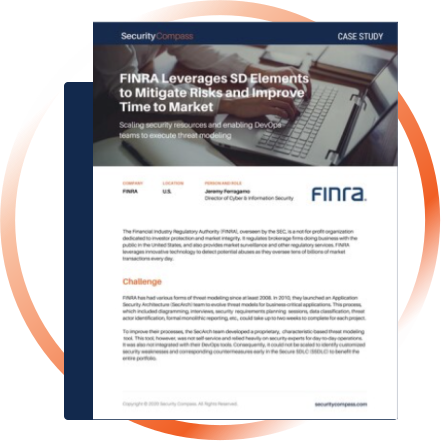🔥 Subscribe to Our Monthly Security Digest Newsletter






























See how our customers are transforming application security and achieving impressive results.
The age-old battle between the need for rapid development and the imperative of security creates a chasm in many organizations. Development teams push for speed and innovation, while security teams advocate for thorough risk assessments and secure practices, often leading to tension and misunderstandings. This friction not only slows down project timelines but also creates an environment ripe for vulnerabilities. Recognizing this challenge is the first step towards seeking a solution that respects the priorities of both teams without compromising on security or speed.

The complexity of security requirements in today’s digital landscape can be overwhelming. With an ever-growing list of threats and compliance standards, identifying and prioritizing security measures becomes a Herculean task. This complexity not only drains resources but also increases the risk of missing critical vulnerabilities. For many, the challenge lies in finding a way to simplify this complexity without compromising on the thoroughness and robustness of their security posture.

In an era where speed is of the essence, manual security processes act as significant bottlenecks, slowing down development cycles and hampering efficiency. The reliance on manual methods for building secure software is not only labor-intensive but also prone to human error, making it a double-edged sword that cuts into productivity and security. The challenge is real – finding a scalable, efficient way to address security without getting bogged down by these manual processes.

Manually verifying security requirements and controls is akin to finding a needle in a haystack. It’s a painstaking process filled with complex spreadsheets and endless checklists, yet it’s crucial for maintaining compliance and ensuring that security measures are properly implemented. This verification quagmire is a significant challenge for organizations striving to maintain a robust security posture in a landscape where the stakes are continuously evolving. The question remains: how can organizations ensure comprehensive verification without drowning in the details?

Want to see SD Elements or SD Blueprint in action and learn more about the transformative benefits of threat modeling to your business?
Or maybe you’re looking to empower your developers with engaging research-driven Application Security Training?
Select a day to arrange a demo and discover how our solutions support your business growth today.



Product Security Governance, Architecture & Risk Management,
Johnson Controls



Director of Cyber & Information Security, FINRA



Vice President and CISO,
Cubic



Product Security Governance,
Architecture & Risk Management,
Johnson Controls





Director of Cyber & Information Security, FINRA



Vice President and CISO,
Cubic



